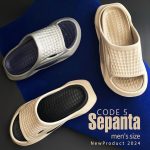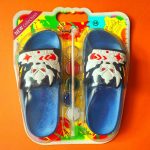The Journey of a Slipper: From Factory to Your Feet
what will you read...
Stage One: Design – The Beginning of the StoryStage Two: Choosing the Right MaterialsStage Three: Production – Where Technology Meets CraftStage Four: Quality ControlStage Five: Packaging and BrandingStage Six: Reaching the MarketAnd Finally: The Consumer’s ChoiceConclusion
Slippers – perhaps the most understated members of the footwear family – may seem like nothing more than simple comfort items at first glance. Yet behind this unassuming appearance lies a story that begins on the factory floor and ends in homes around the world. In this article, we explore the hidden journey of a slipper, from its early design stages to the moment it becomes a part of someone’s daily life – a path that is more fascinating and detailed than most would expect.
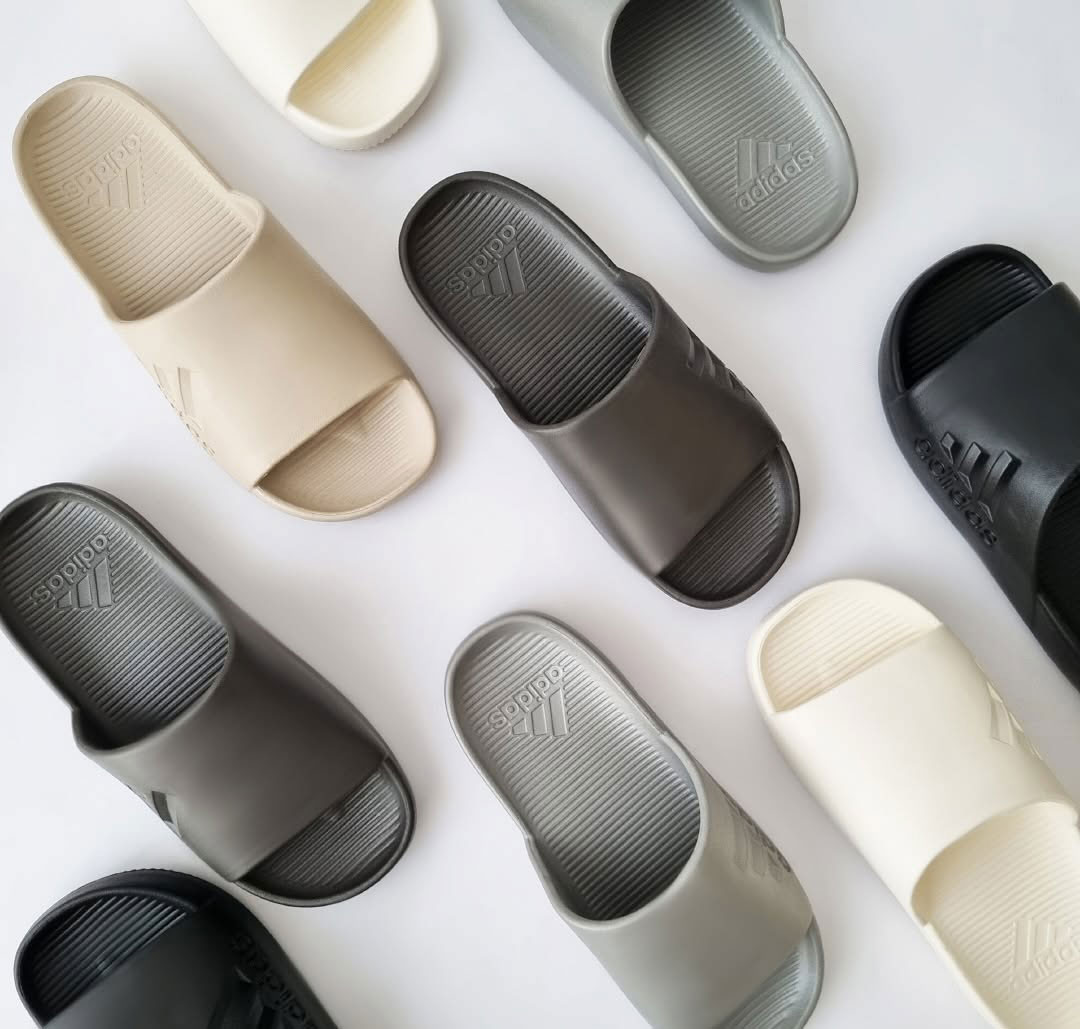
Stage One: Design – The Beginning of the Story
Every slipper starts with an idea. Designers consider market needs, seasonal trends, age groups, and customer preferences when sketching new models. Color combinations, sole structure, comfort level, and washability are all determined at this stage. This is where practicality meets aesthetics.
Stage Two: Choosing the Right Materials
Next comes the selection of materials – a decision that plays a critical role in the product’s final quality. EVA, PVC, natural or synthetic rubber, and advanced foams are among the most commonly used components. For indoor slippers, lightness and softness are prioritized, while outdoor or water-resistant models require durability and anti-slip features.
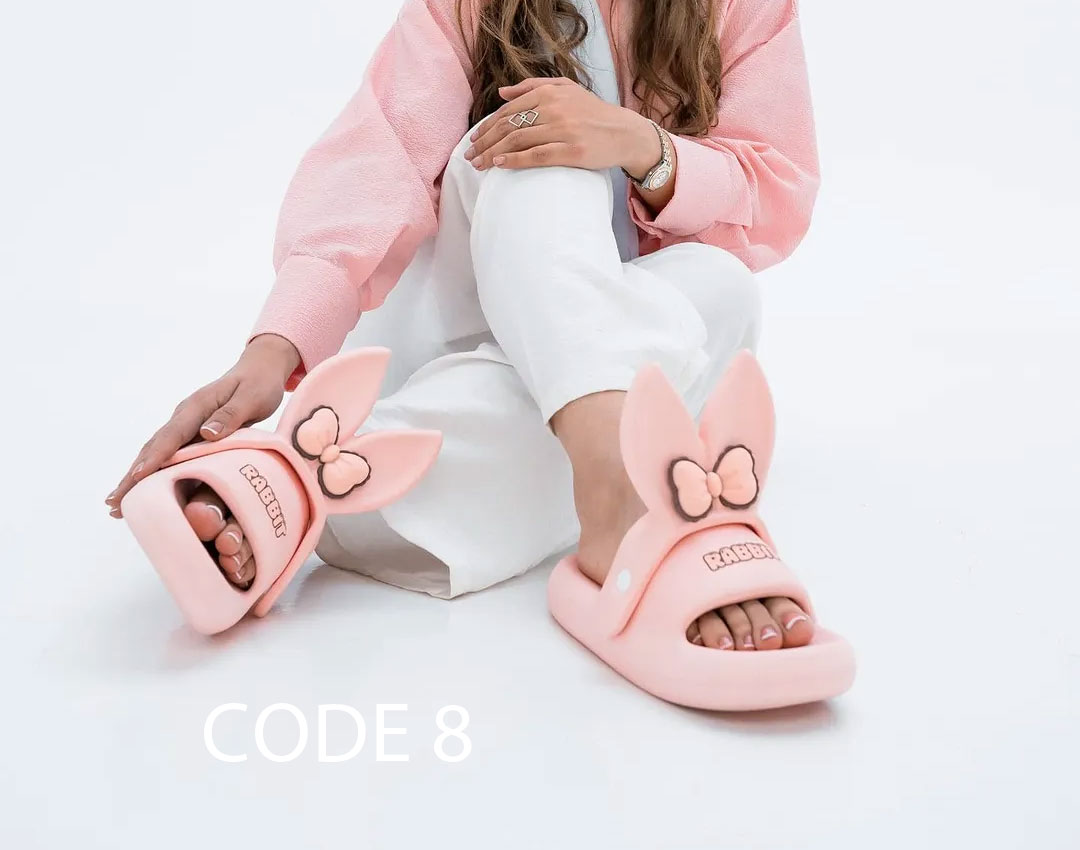
Stage Three: Production – Where Technology Meets Craft
Depending on the model, slippers may be produced entirely by machines or through semi-manual processes. Injection molding, heat pressing, cutting machines, and various tools bring the design to life. In some styles, final touches like decorative stitching or adding 3D elements are done by hand – where human precision complements industrial speed.
Stage Four: Quality Control
Although slippers are seen as simple products, quality control remains essential. Irregular shaping, rough soles, unpleasant odors, or subpar materials can all damage the customer experience. Therefore, many factories conduct random sample testing before the final packaging stage.
Stage Five: Packaging and Branding
In a competitive market, the look and feel of packaging can significantly influence customer decisions. Alongside design, product information such as size, material, country of origin, and care instructions are included, sometimes accompanied by brief promotional messages that add personality to the brand.
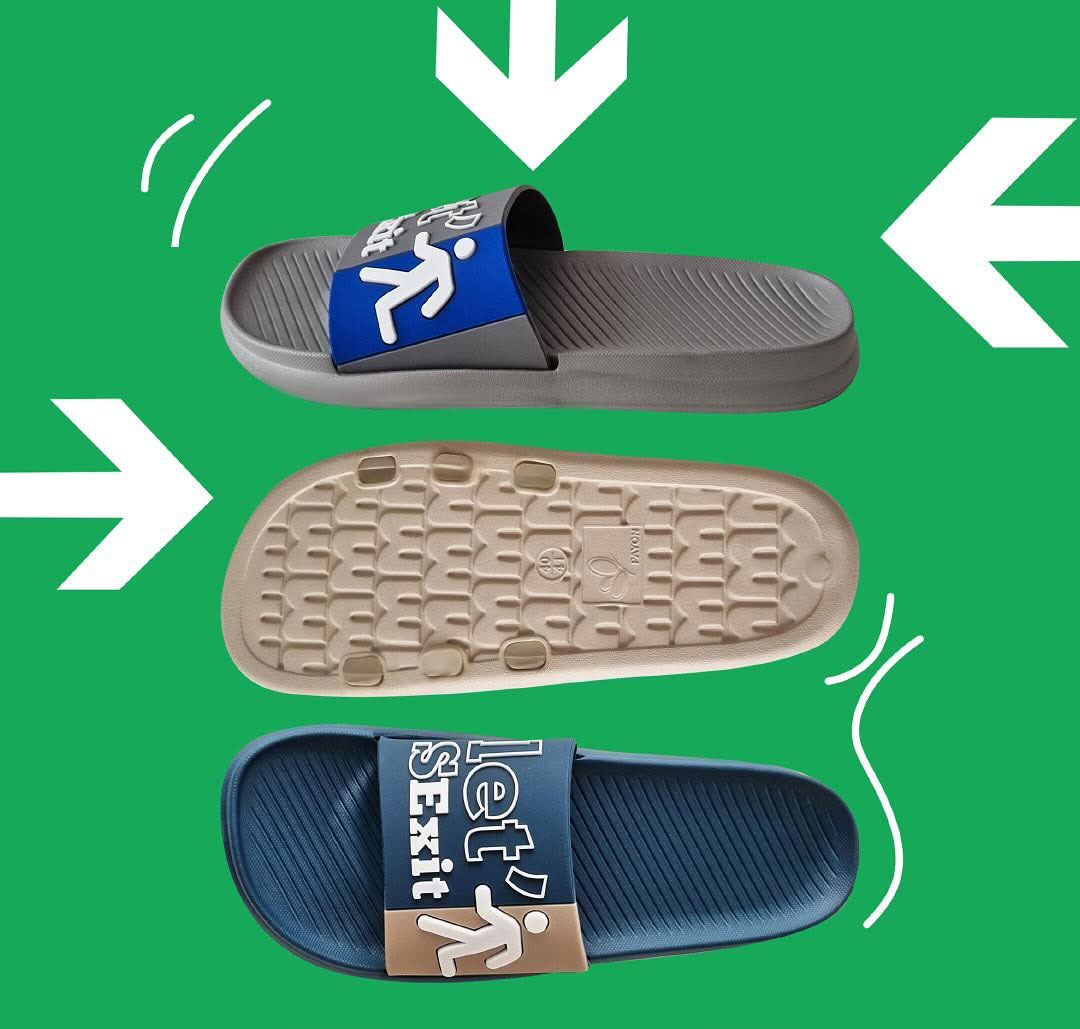
Stage Six: Reaching the Market
Once ready, products enter a distribution network that may include wholesalers, chain stores, e-commerce platforms, or export routes. Each intermediary plays a role in ensuring the product reaches its destination smoothly and efficiently.
And Finally: The Consumer’s Choice
When a person spots a slipper in a store window or clicks on its image online, the journey is nearly complete. But the true test begins the moment they wear it for the first time. Comfort, appearance, and durability are all judged in that instant.
Conclusion
Though slippers are among the most basic footwear items, the process behind their creation and distribution is anything but simple. Understanding this journey not only deepens our appreciation for quality but also helps us make more informed and satisfying choices as consumers.





